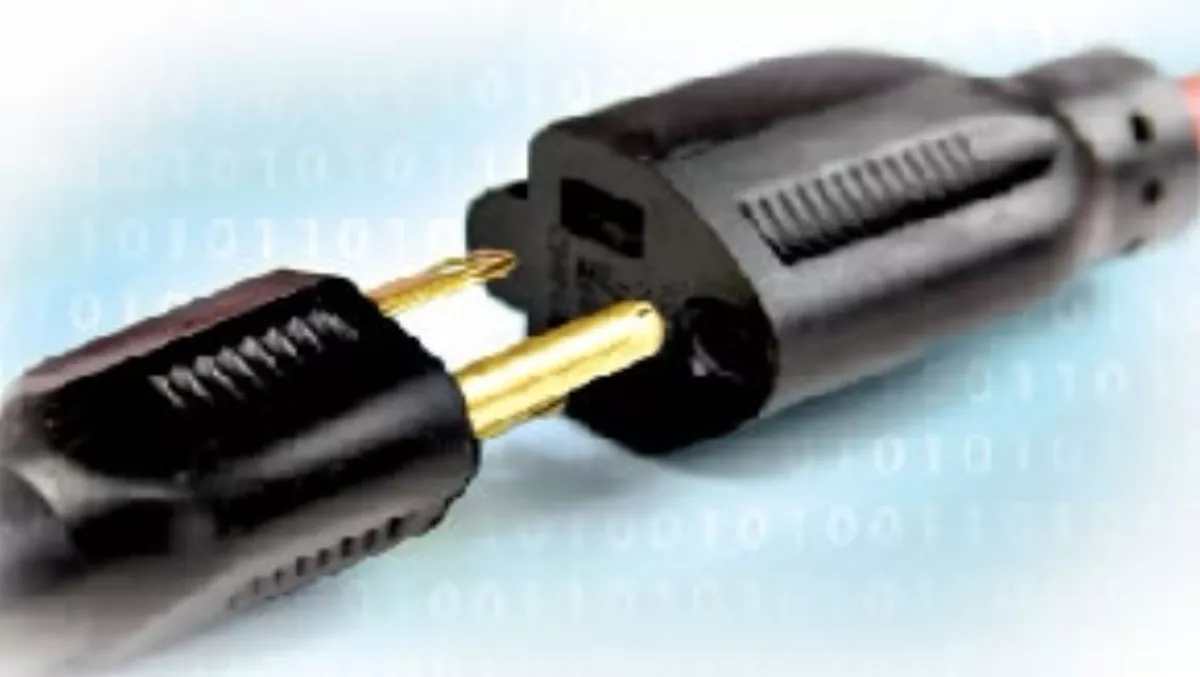
Balancing power
CIOs need to be aware about the rising costs of powering data systems. You may be surprised to learn that most CIOs are unable to answer the question “how energy-efficient is your data center?” According to recent studies, 80% of CIOs have never conducted an energy audit and 77% don’t even see the energy bill, which is usually handled by the chief financial officer. Over the past year, IBM has met with tens of thousands of clients throughout the world to discuss energy efficiency. Data Centers are consuming 10 to 30 times more energy per square metre than a business’s office space. IBM has developed a few simple steps to help CIOs become more aware of energy use and which could annually reduce consumption by 15 - 40%. A typical 2500 square metre data center would be paying around $0.16 per kilowatt for an hour of electricity. By becoming more energy-efficient around $1 million could be saved in annual energy expenditure.To help CIOs determine if their data centers are energy-efficient tree huggers or petrol guzzlers, we could use a simple industry metric, which measures energy use and is “kilometres per litre” equivalent for data center energy efficiency. The Green Grid (an industry consortium) created the data center infrastructure efficiency (DCIE) metric that identifies how much energy is spent on the productive use of IT. The ideal structure would be to have 100% spent on IT, but energy still needs to be provided to the physical infrastructure for cooling and conditioned power. A 2006 industry report indicated 20 data centers in California were rated as “very energy- efficient”, with an average DCIE of 54%. In the past year, IBM conducted more than 30 energy assessments around the world and found the average DCIE was 43%. This means that 43 cents of every energy dollar is being spent on powering IT, while 57 cents is being spent on the physical infrastructure for conditioned power and cooling. The fact is, the majority of data centers today are not energy-efficient. Data Centers need to have a life of 20 to 30 years; therefore improving efficiency by 60% to 70%, a reasonable target for a DCIE, is both desirable and possible. CIOs need to understand how energy is being consumed in the data center before they can determine how to reduce power consumption. Energy is used by all parts of the IT equipment such as servers, storage and network equipment, as well as the physical infrastructure equipment, such as computer room air conditioners, uninterruptible power supplies and chillers. Most CIOs are surprised to learn that 60% to 70% of the energy consumed in data centers is due to the infrastructure, while only 30% to 40% is due to the IT equipment. Server and storage consolidation and virtualisation are good first steps to reducing the energy portion of the equation, but CIOs also need to address the infrastructure of energy inefficiencies. Here are three things CIOs can do to improve their energy efficiency: 1. Apply some quick hits There are a number of “quick hits” which can provide the foundation for additional energy savings. Returning to basic air-flow management best practices in data centers can yield up to six percent in annual savings. Focusing on closing holes in the raised floor, strategically locating perforated tiles and baffles, and implementing hot and cold aisle configurations are easy to implement at low cost. Clients with a typical 25,000 square foot data center could save as much as $79,000 annually or 6% on the energy costs for their facilities. 2. Get rid of the ‘fridge’ The mechanical systems - chillers, humidifiers and computer room air conditioners - are the biggest users of energy. Removing inefficiencies in these systems is the best short-term payback area for energy efficiency. Many data centers are like fridges, with room temperatures set to cold to address a particular hot spot. By increasing the temperature or set points on cooling equipment by a few degrees and taking advantage of free cooling by using the air temperature outside to cool the data center inside, it is possible to save another 10% on annual energy consumption. 3. Right-size the physical infrastructure We’ve heard a lot about right-sizing and optimising IT resources, and the same principle applies to the physical infrastructure. By right-sizing the cooling and power systems, clients could achieve 20% or more in annual energy savings. These solutions include the use of cooling techniques such as adding IBM’s rear-door heat exchanger, implementing variable-speed drives, and improving the UPS efficiency by better matching the physical infrastructure capacity to the IT load. Clients need to evaluate these options against the expected life of their existing data centers, since these alternatives require more investment to implement and time to pay back: around six years or longer.

